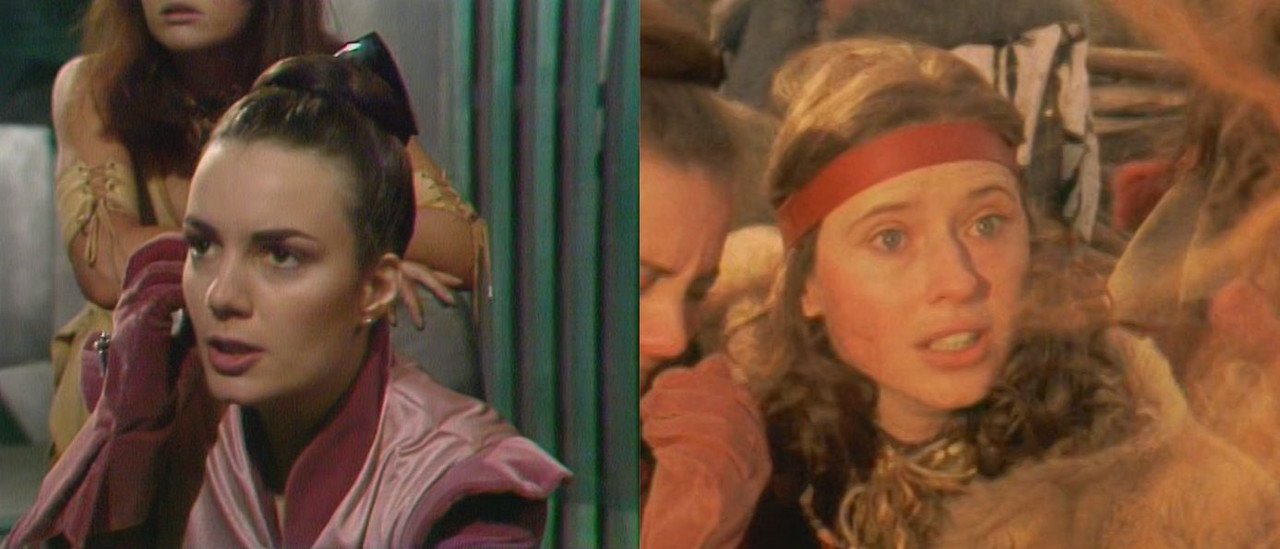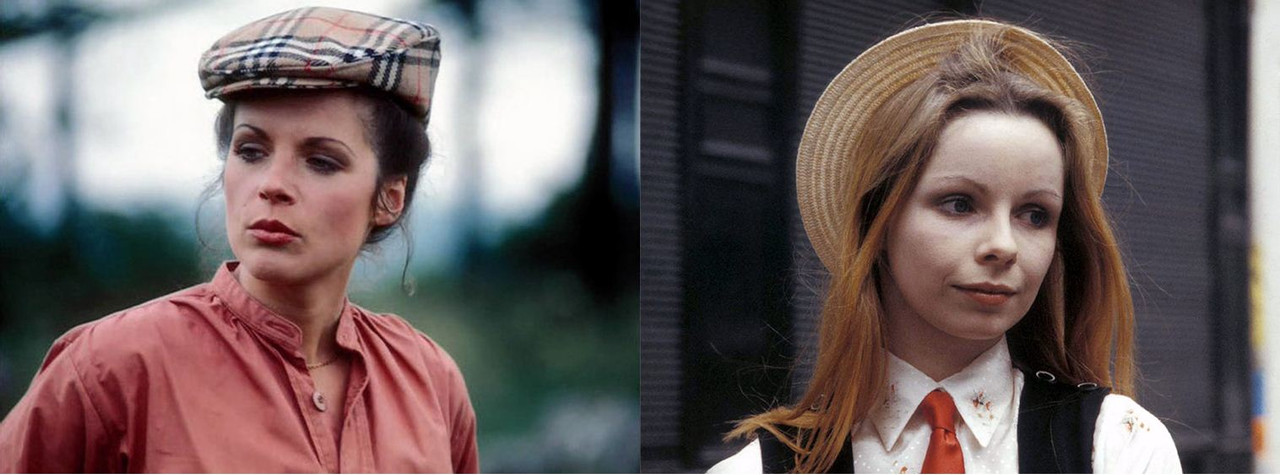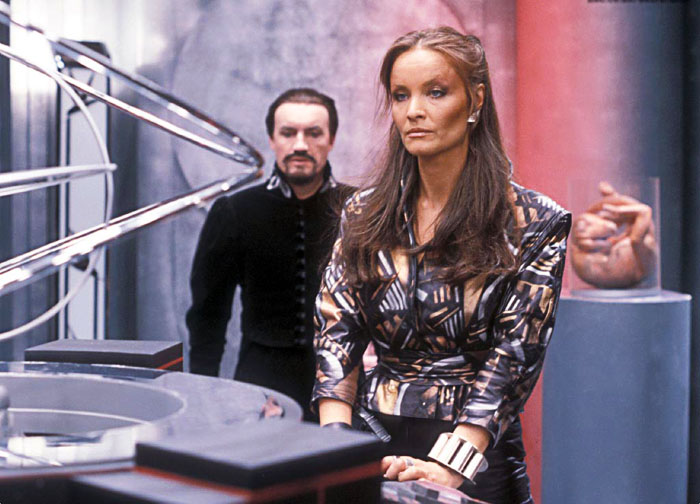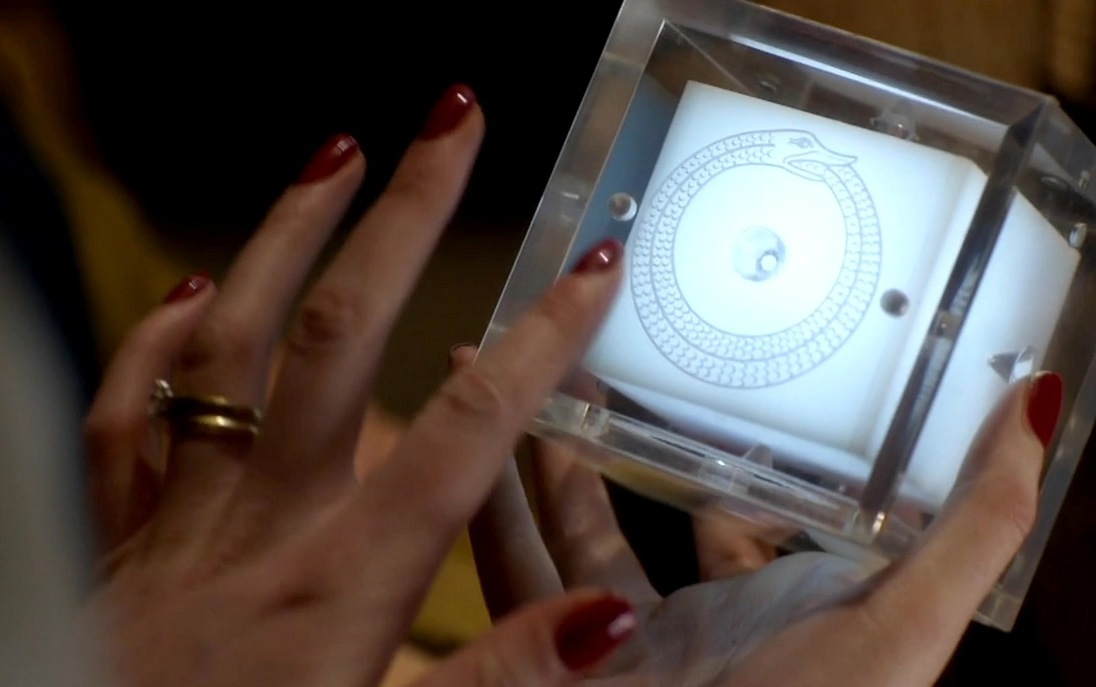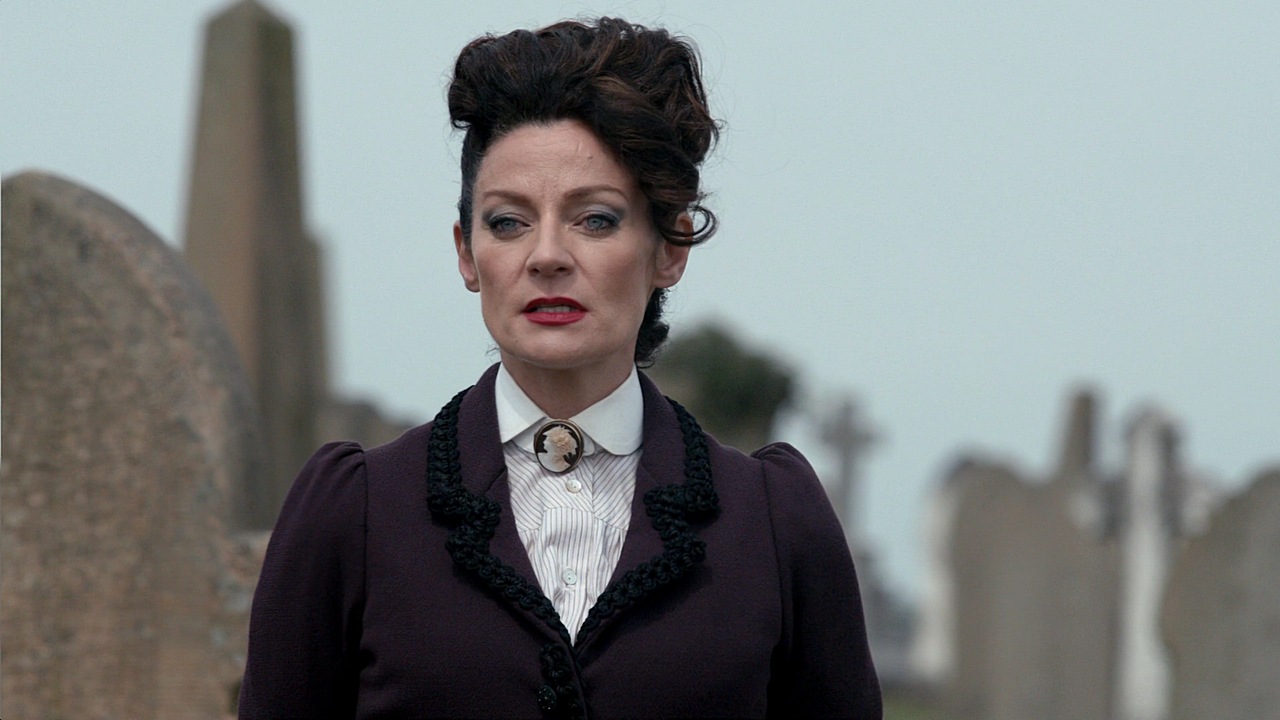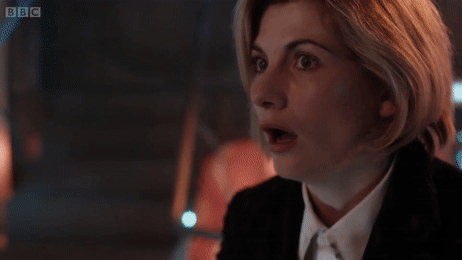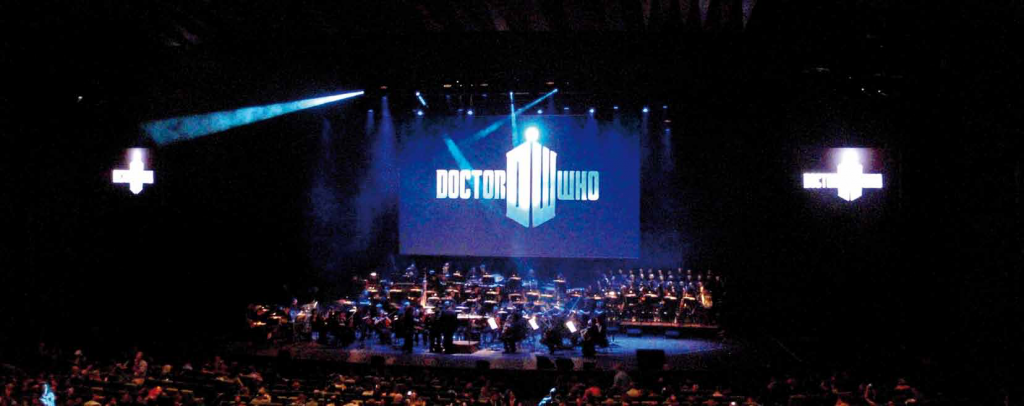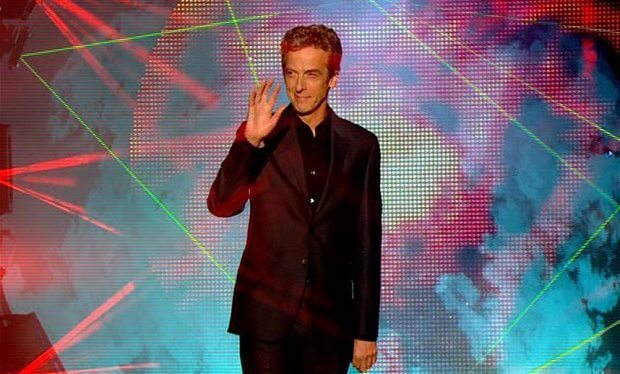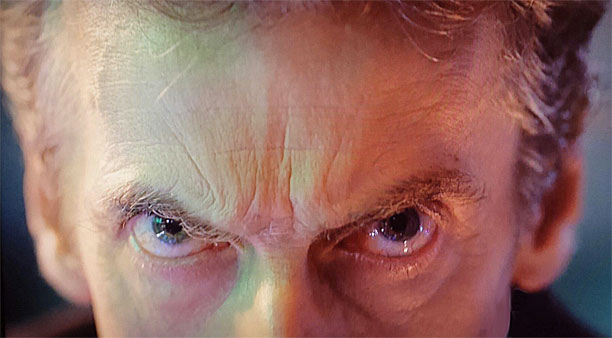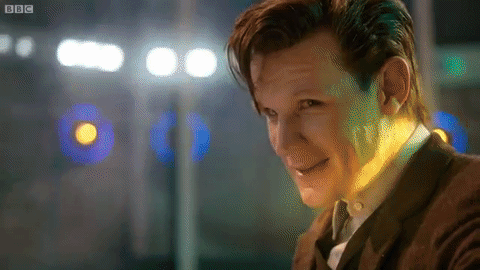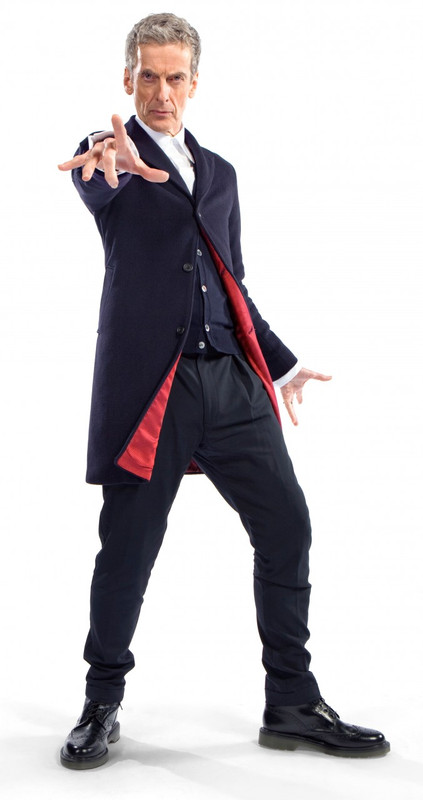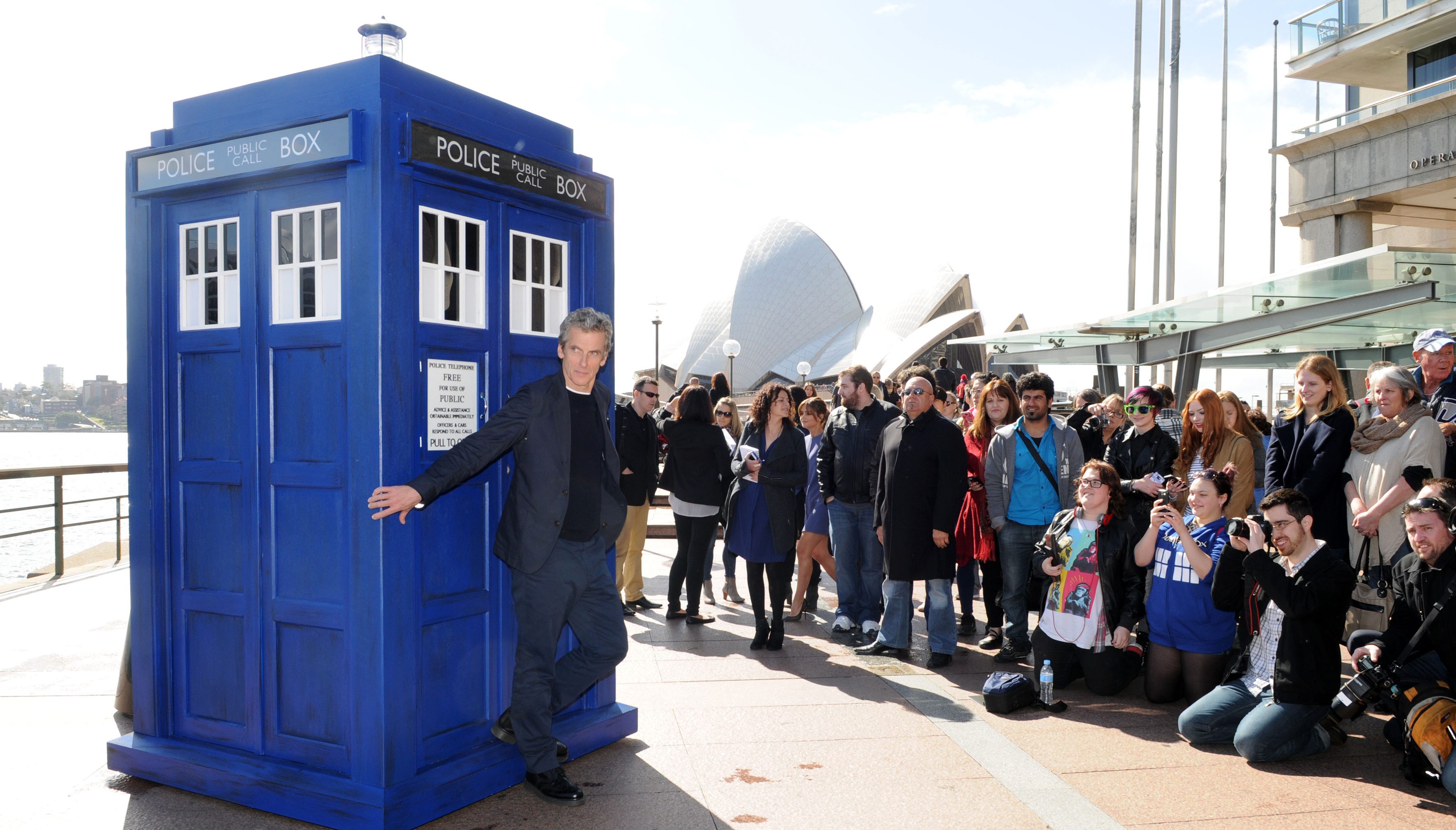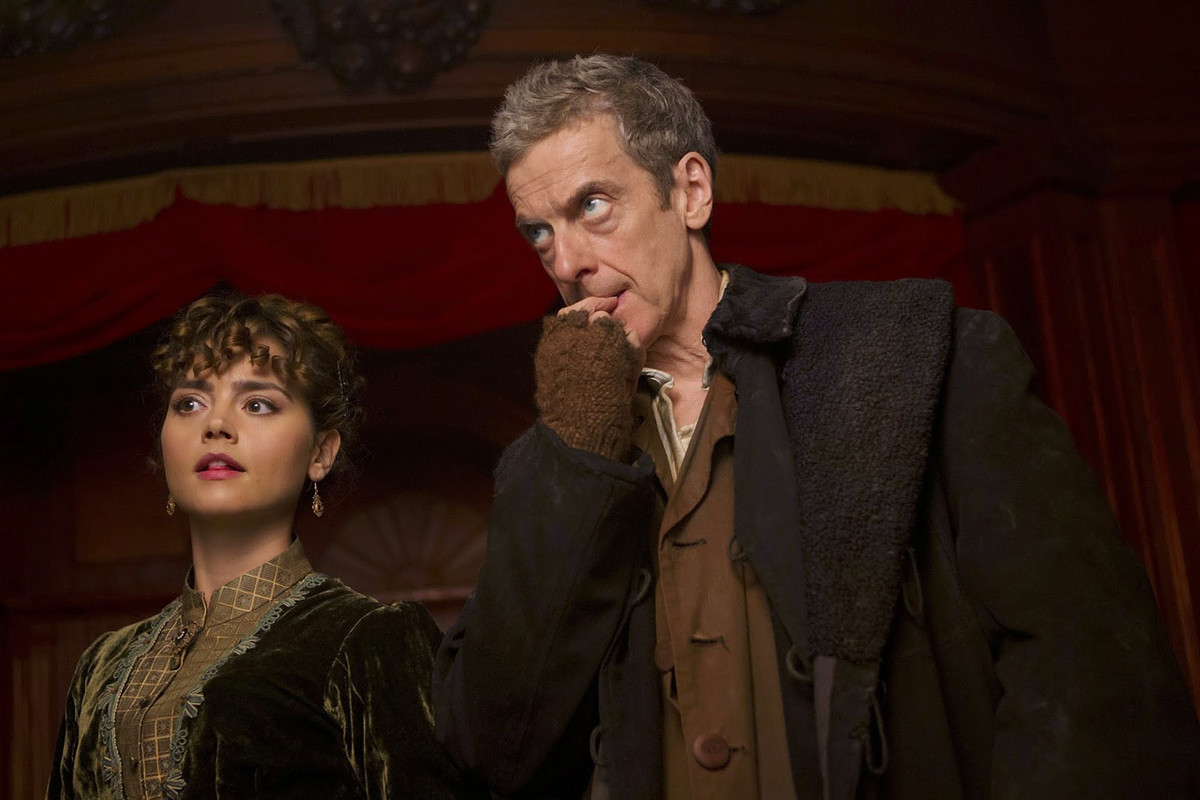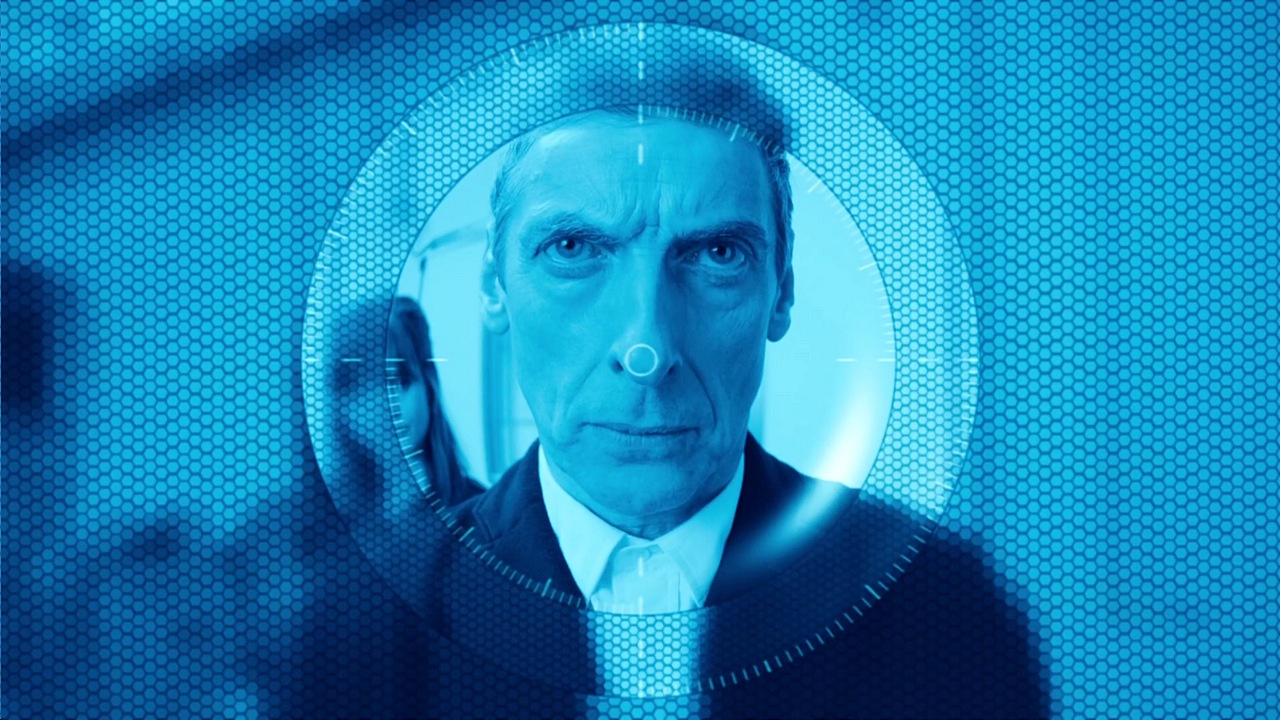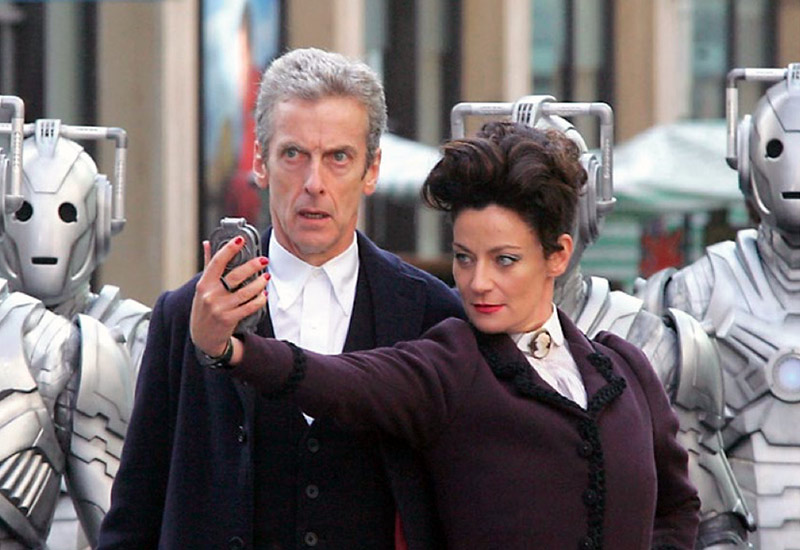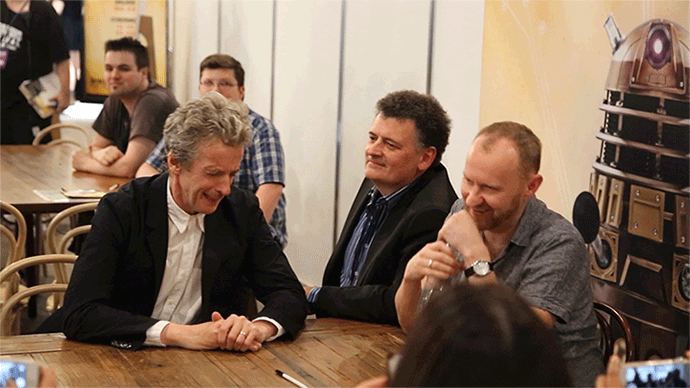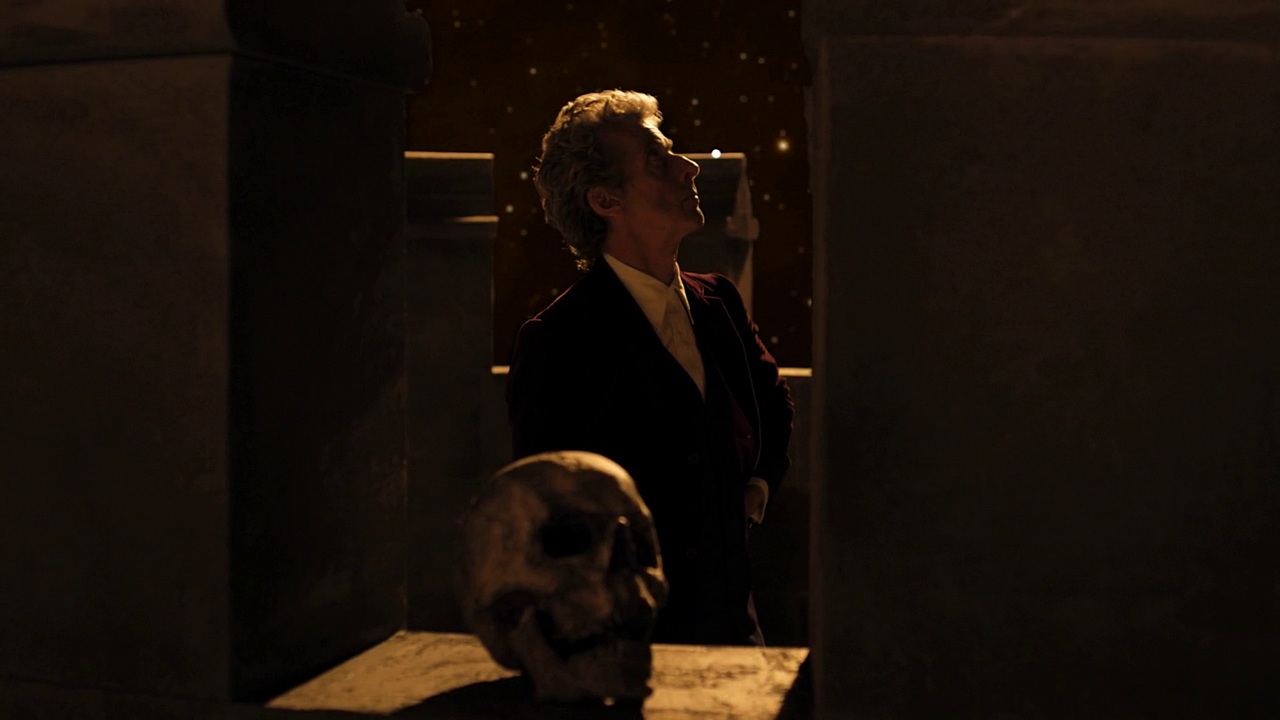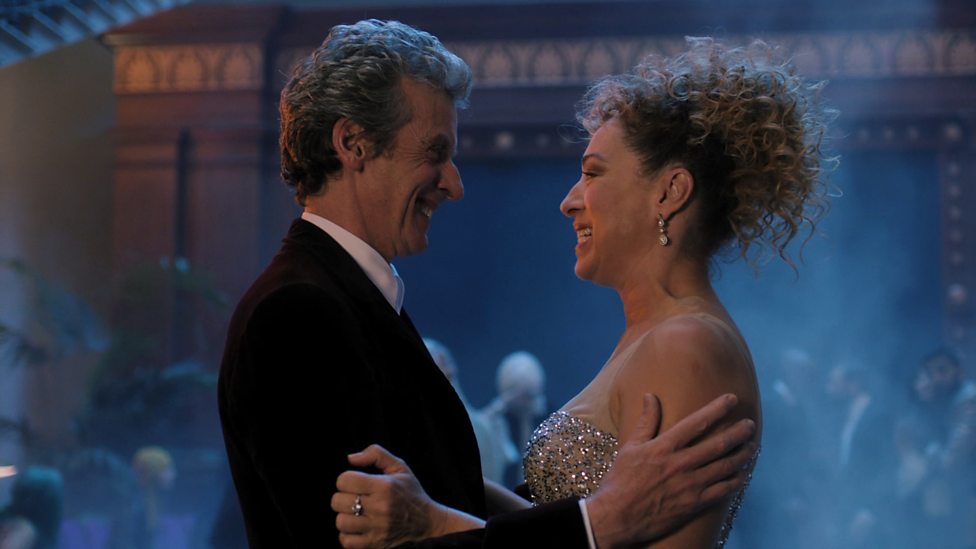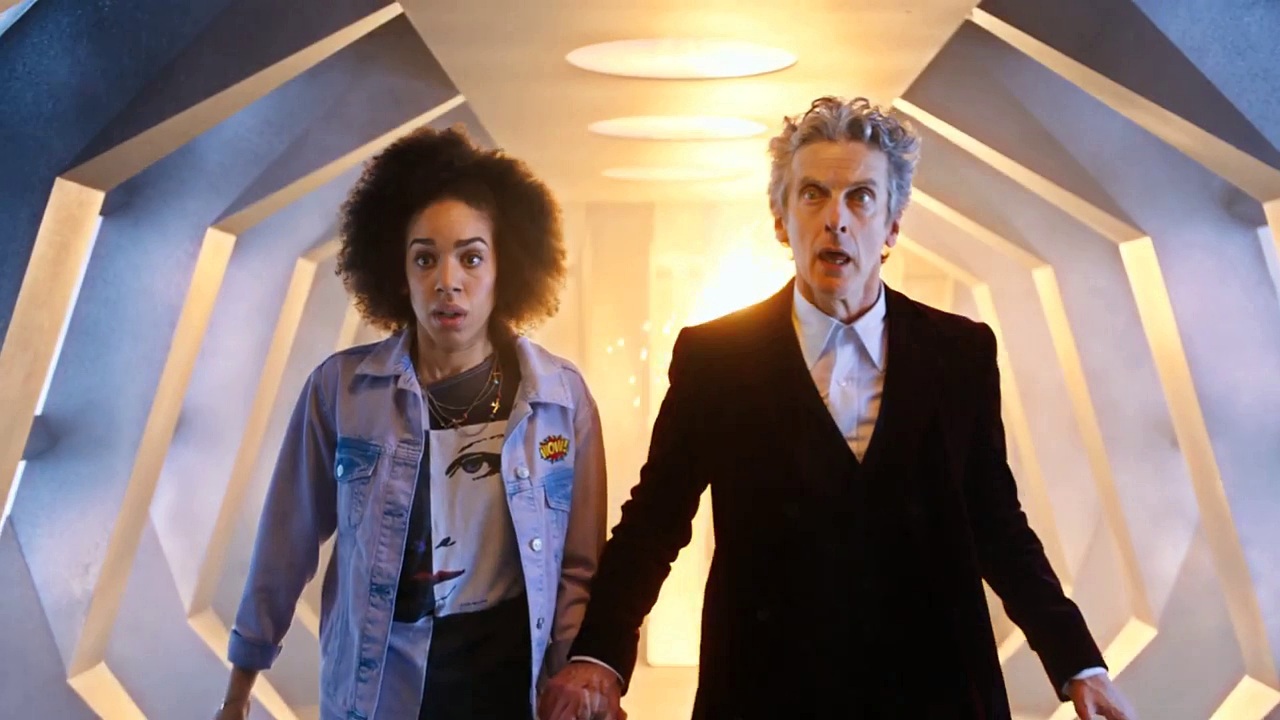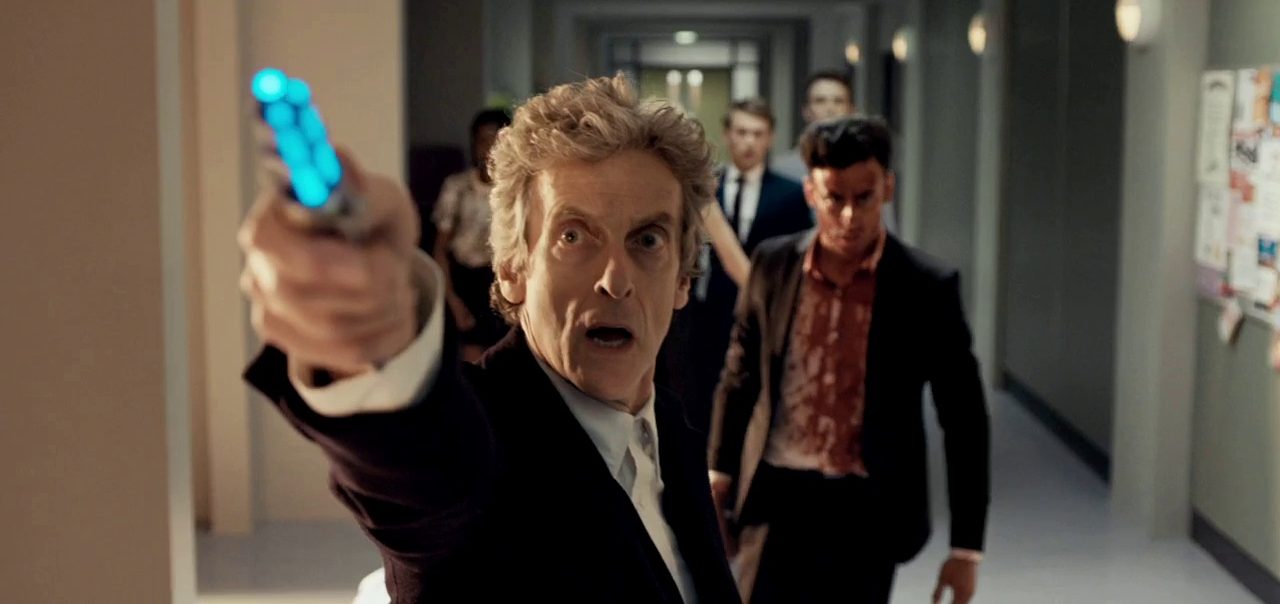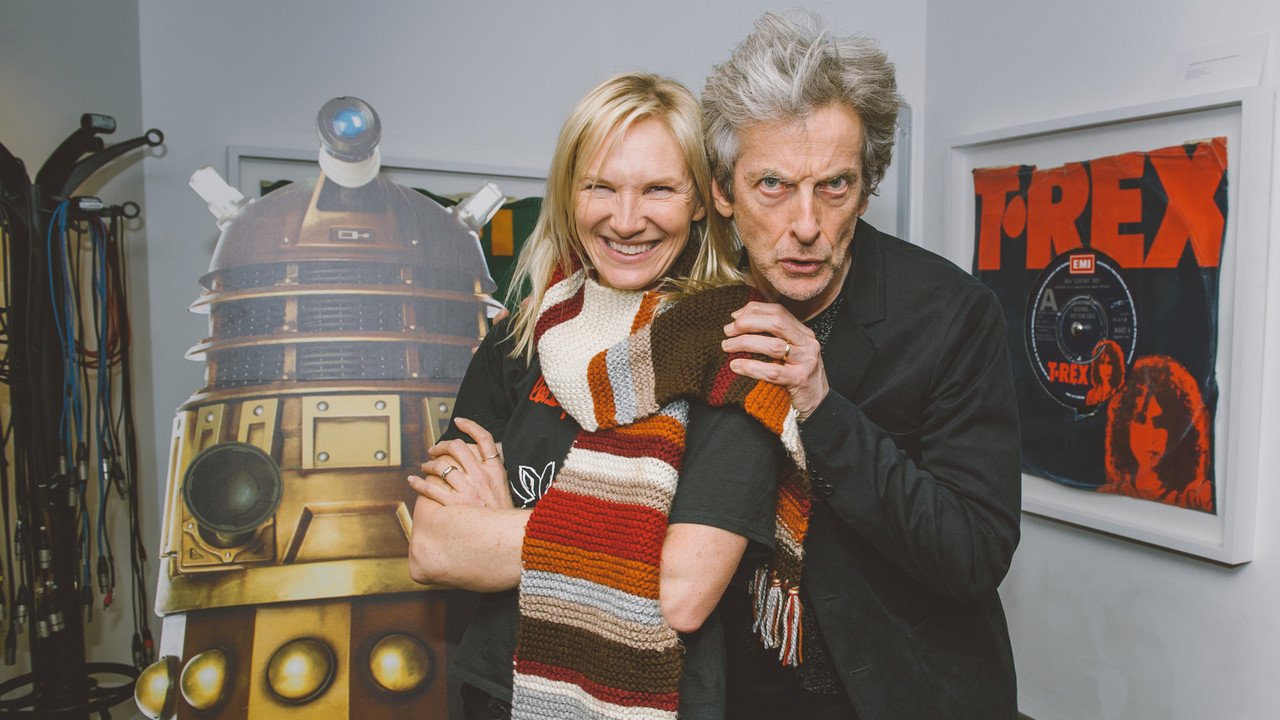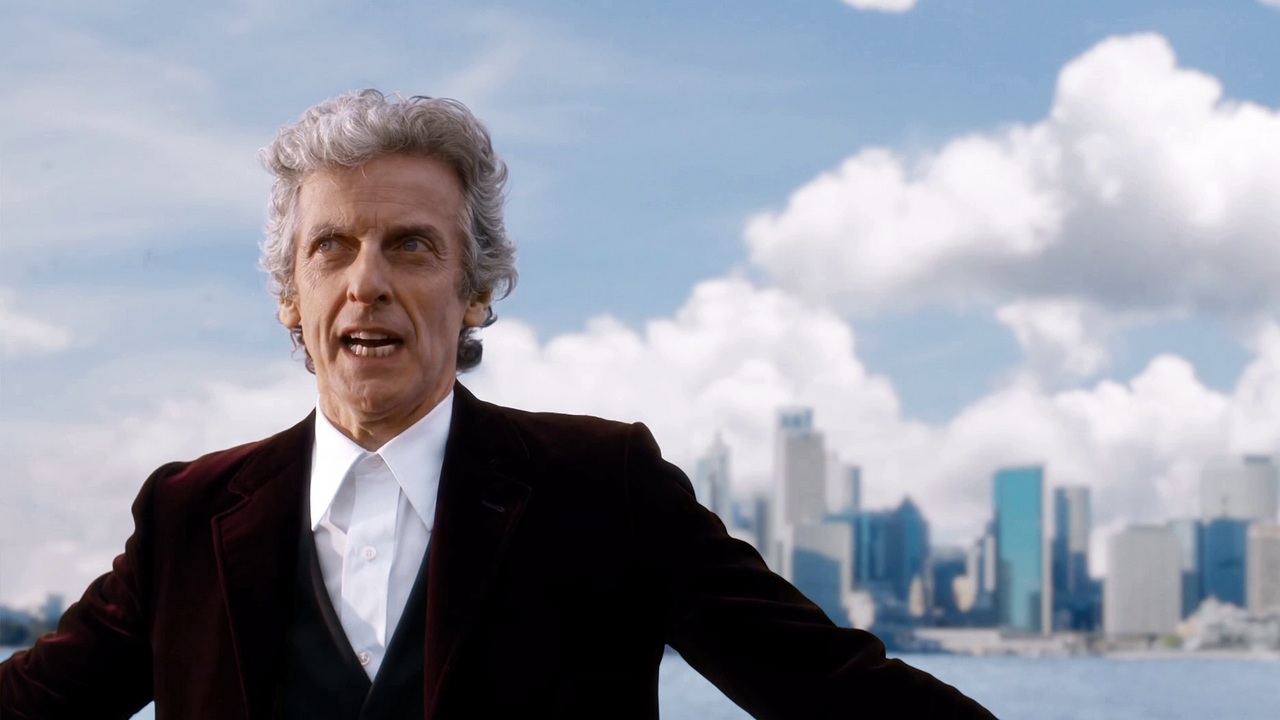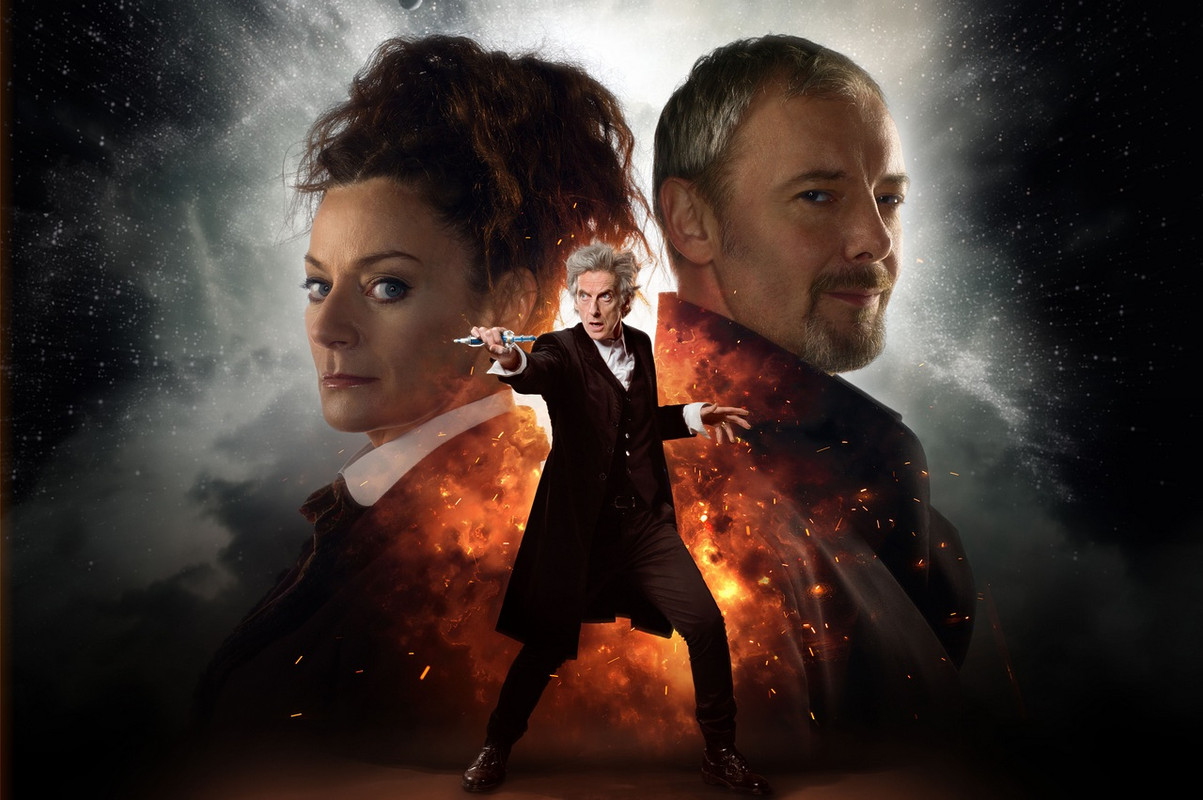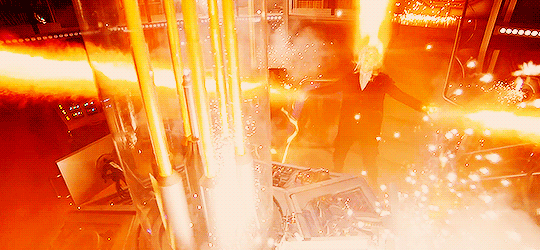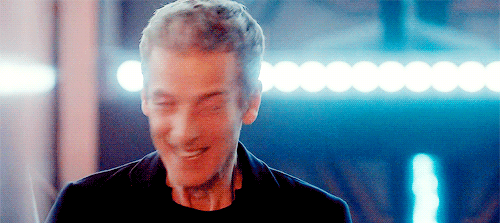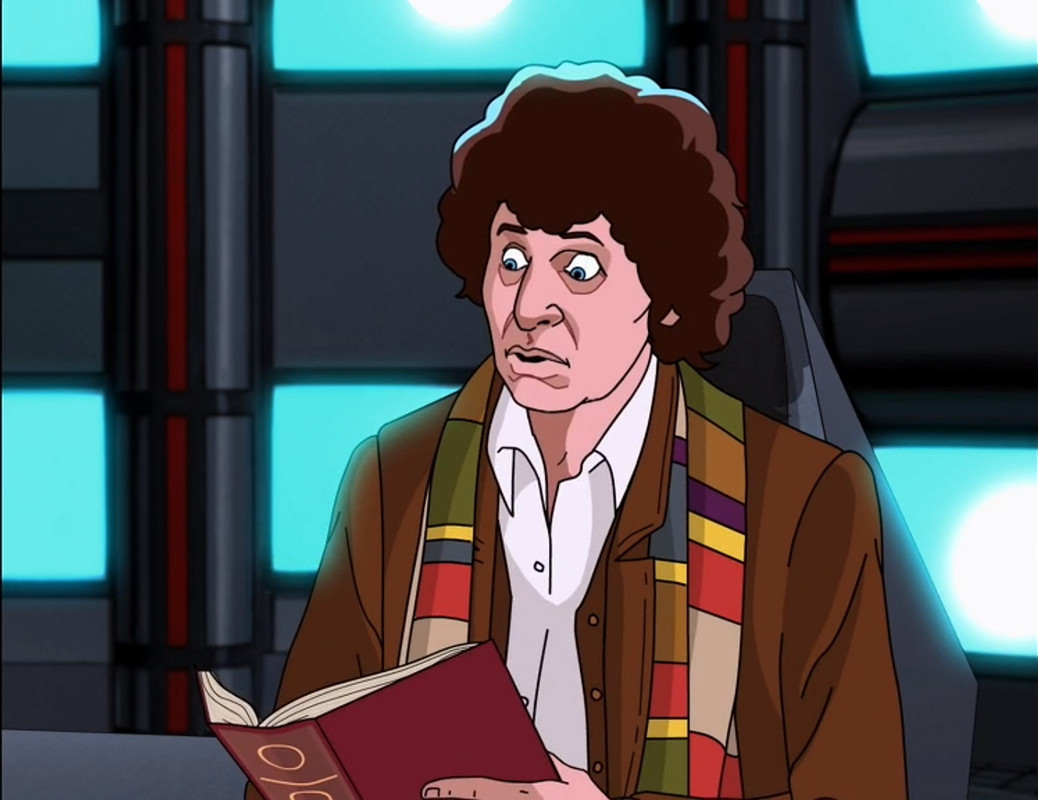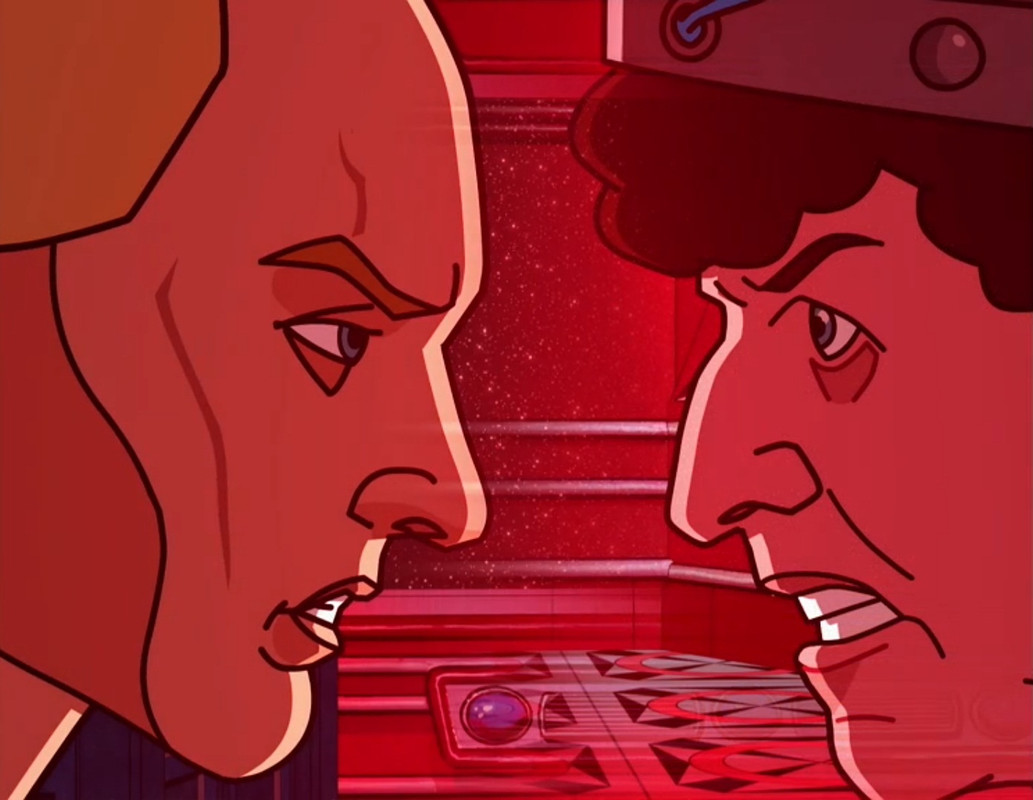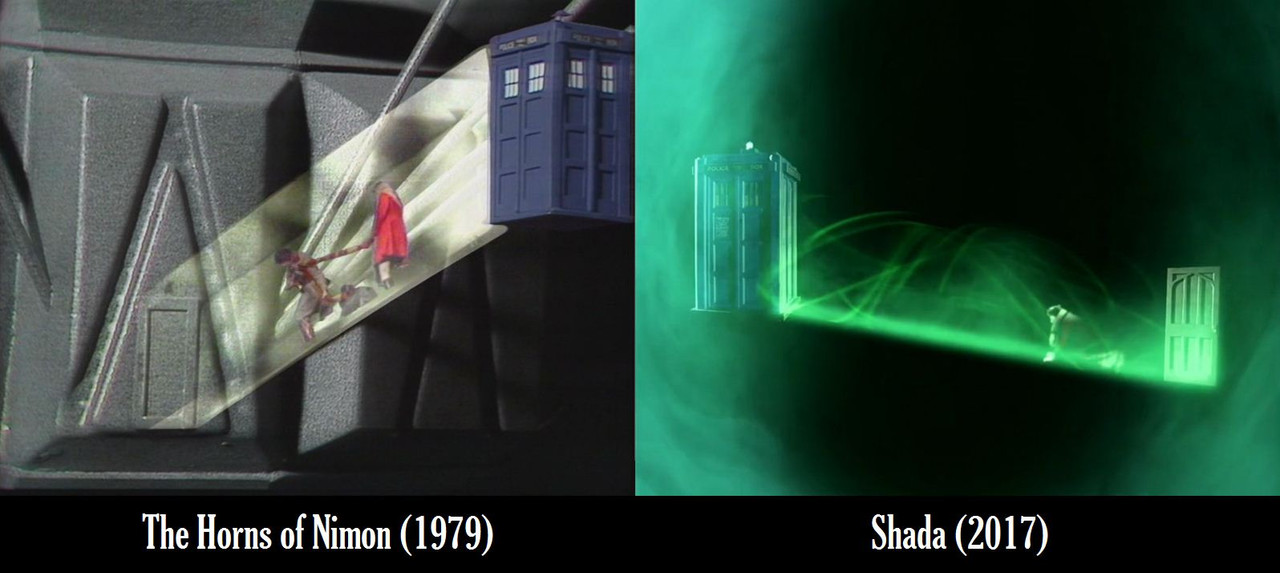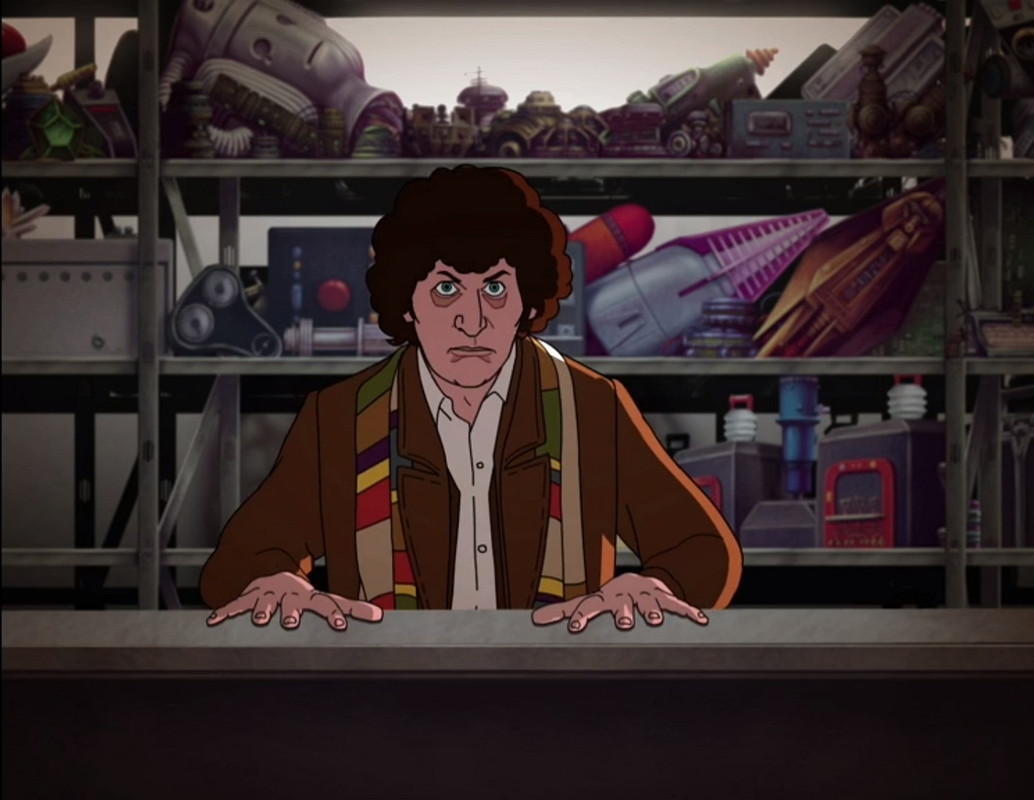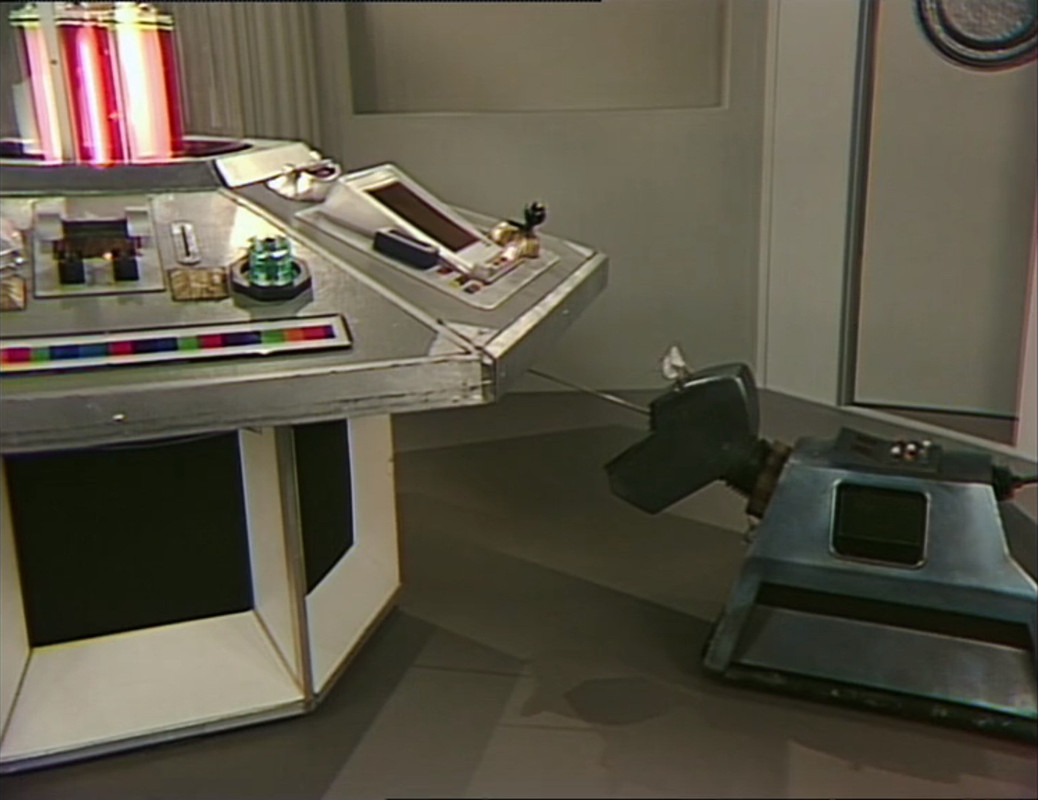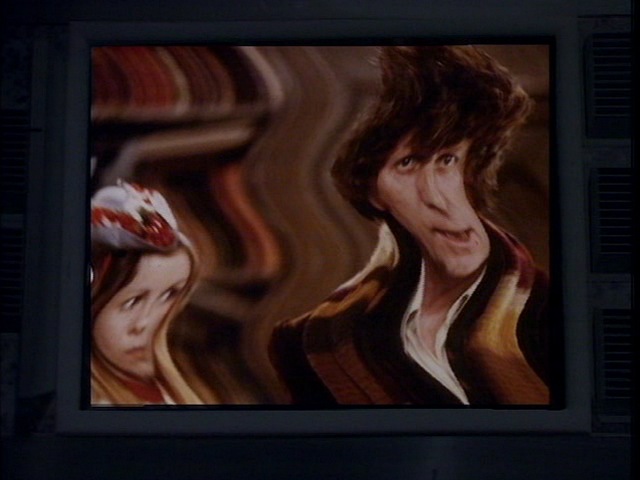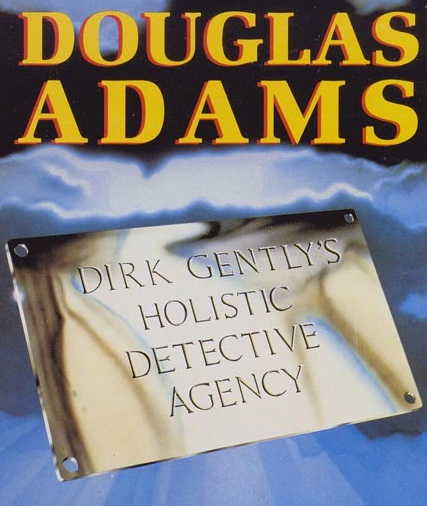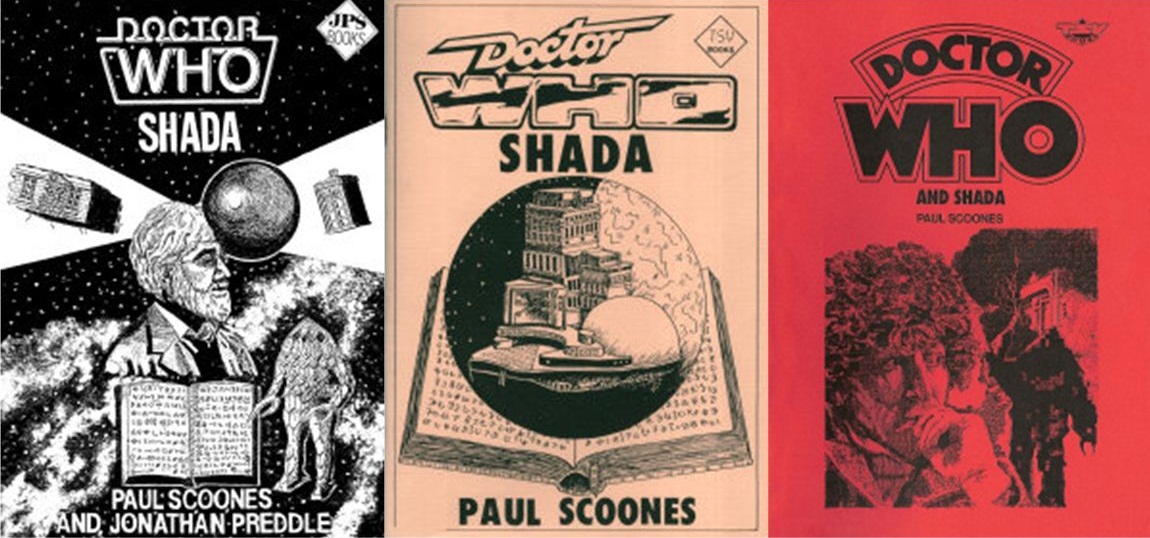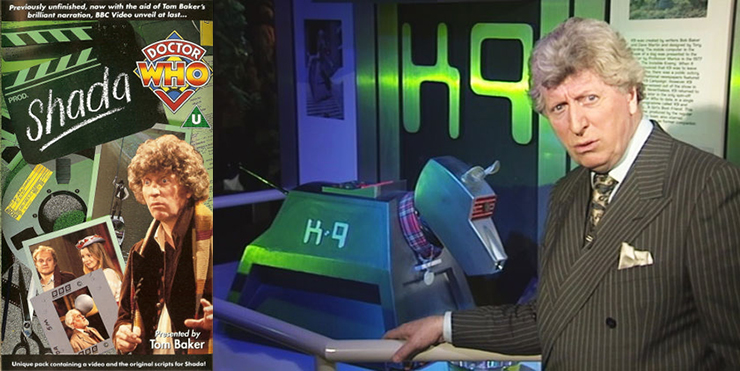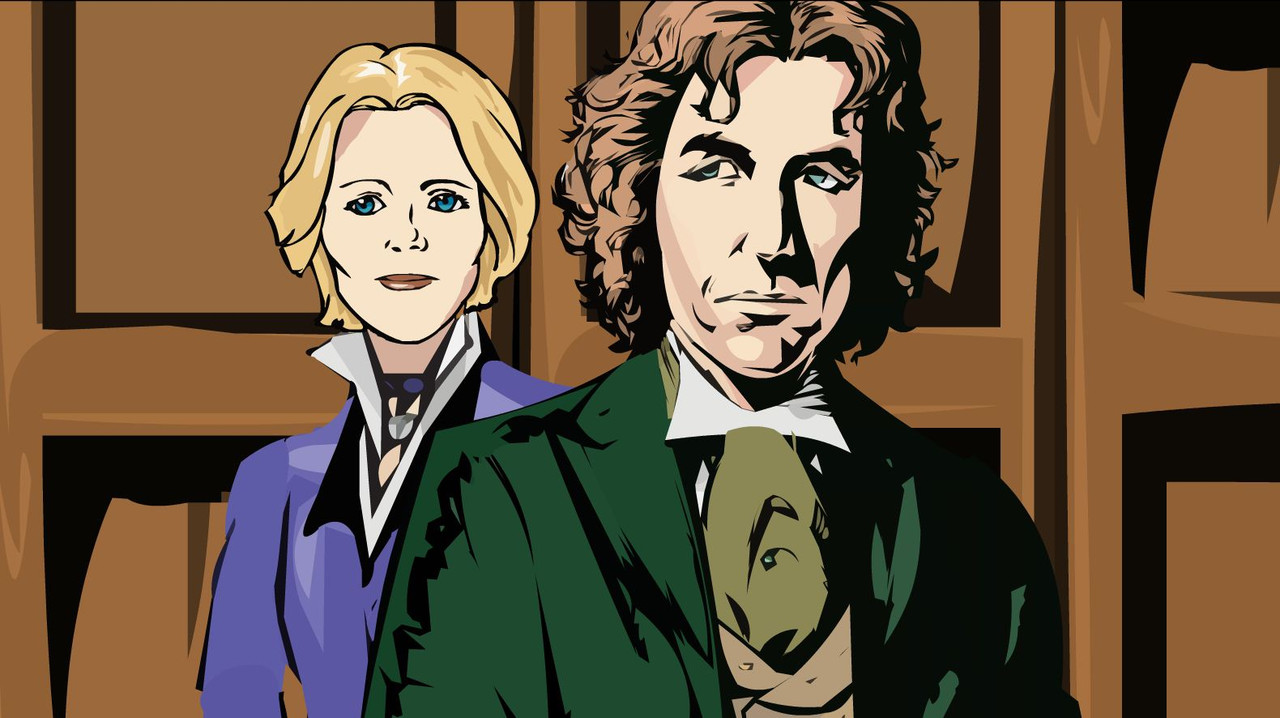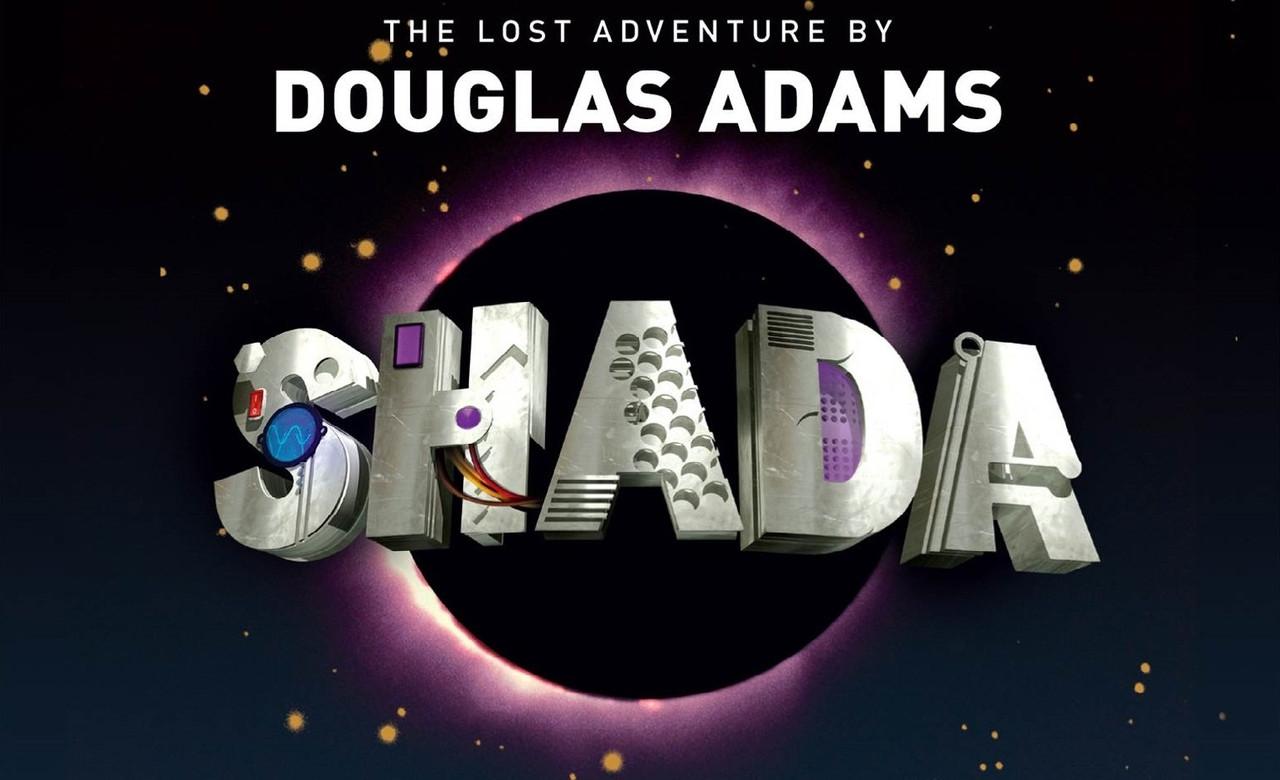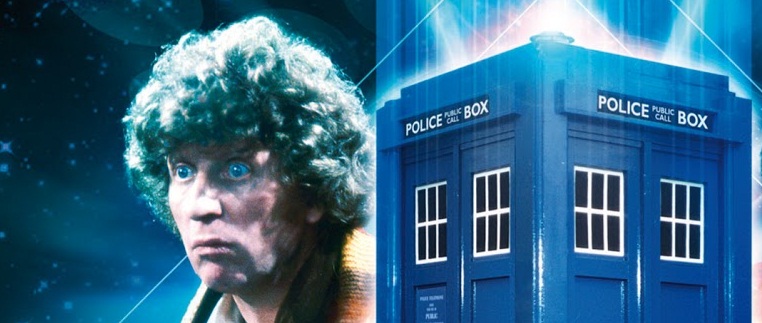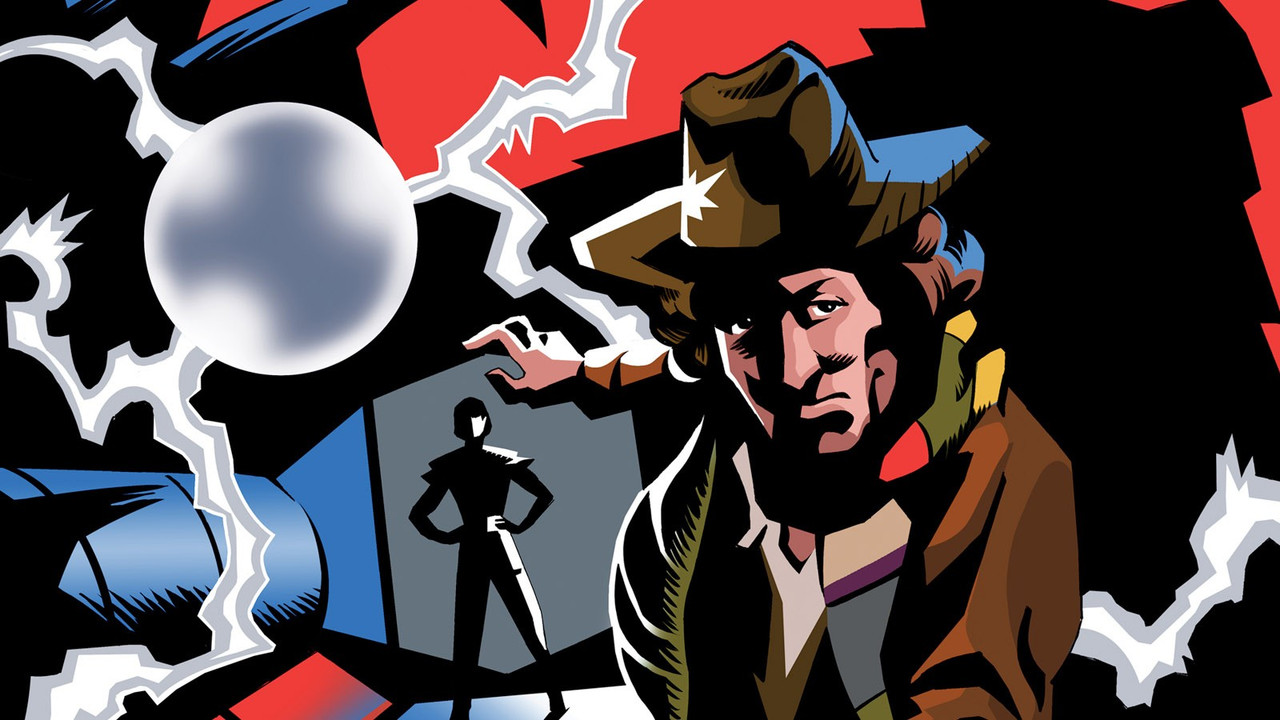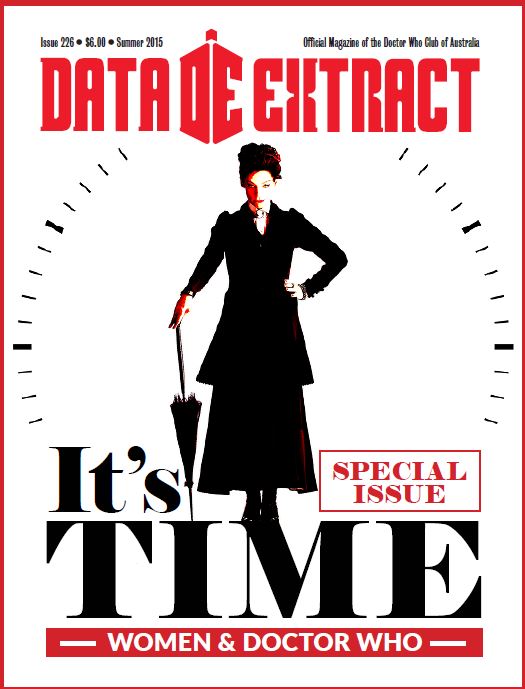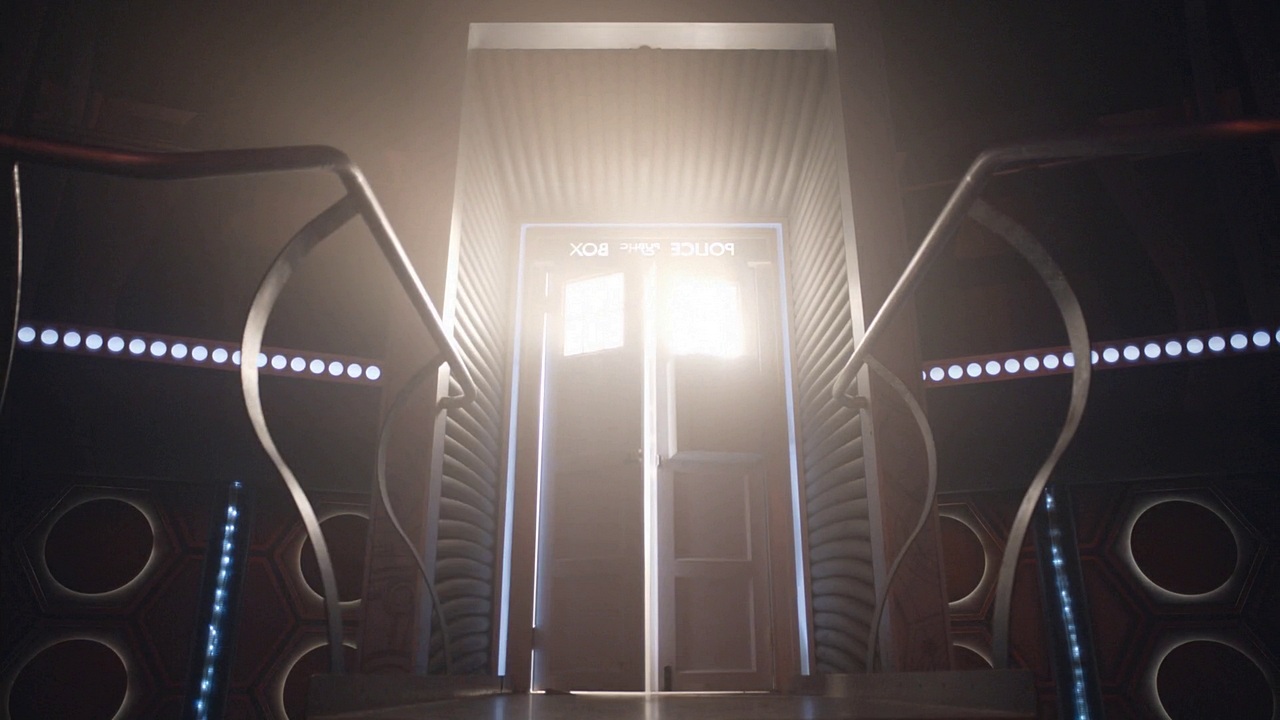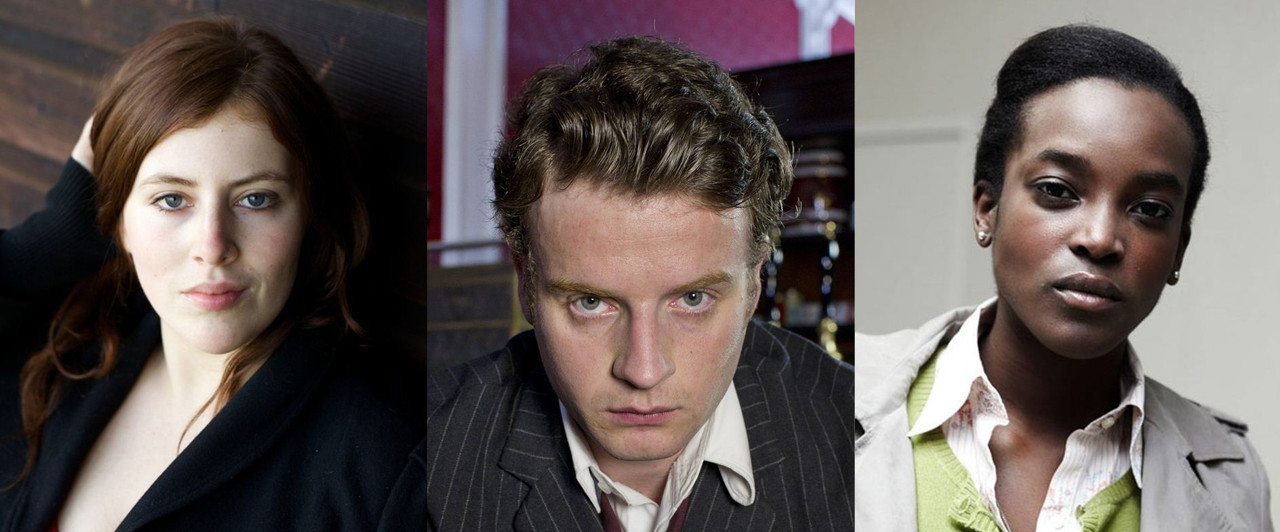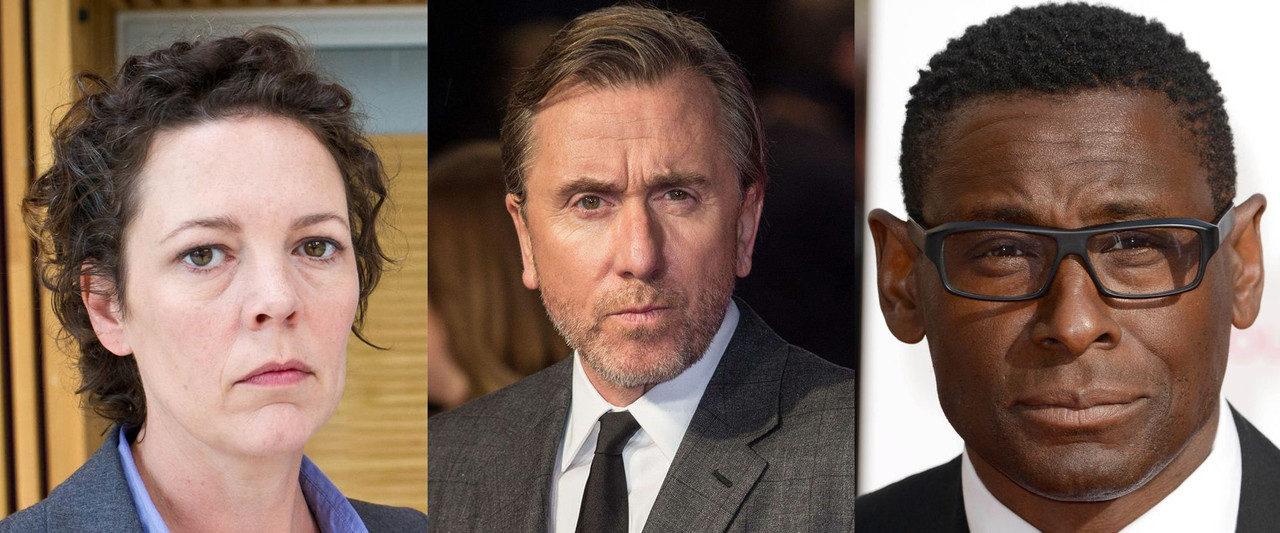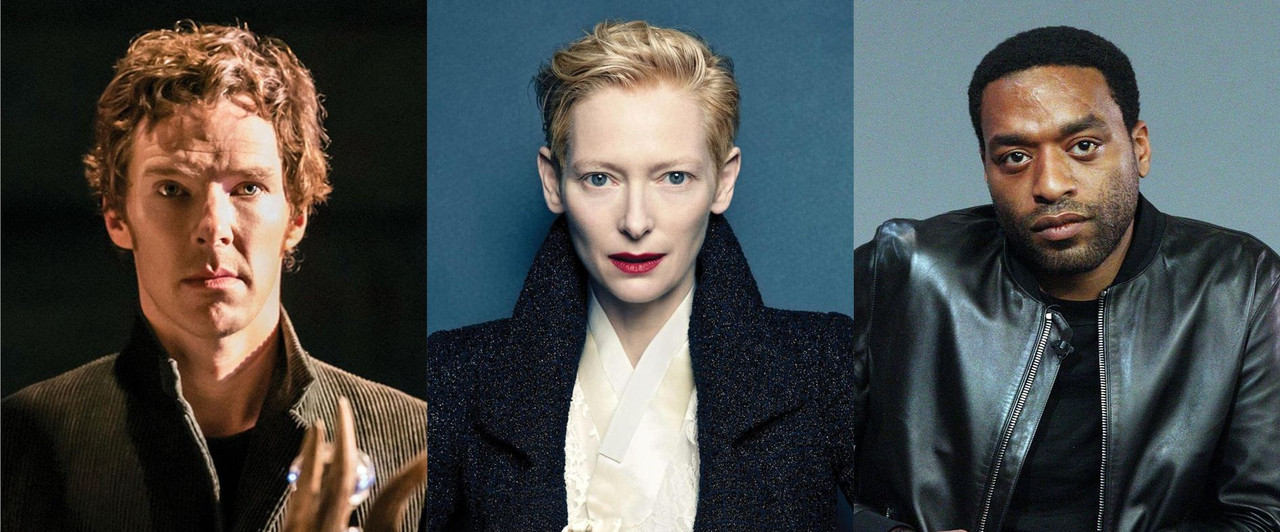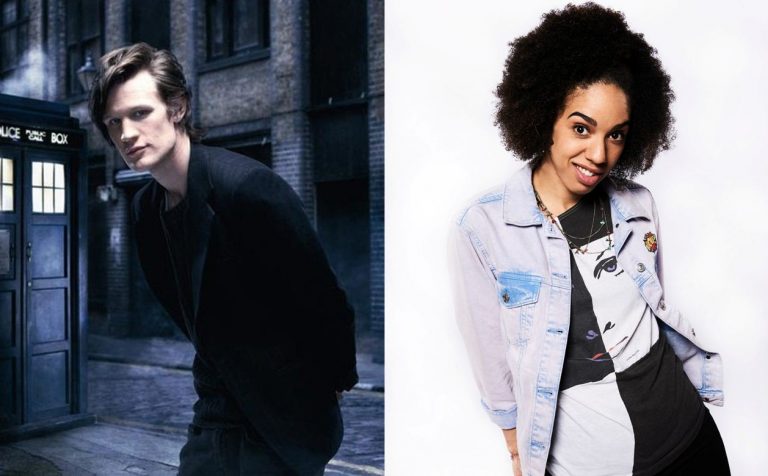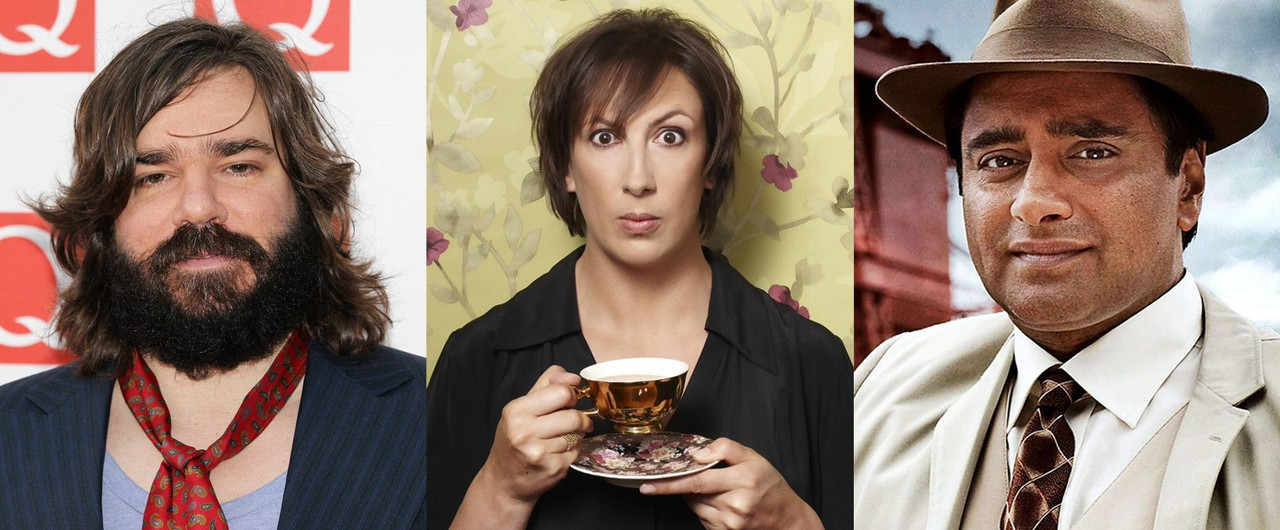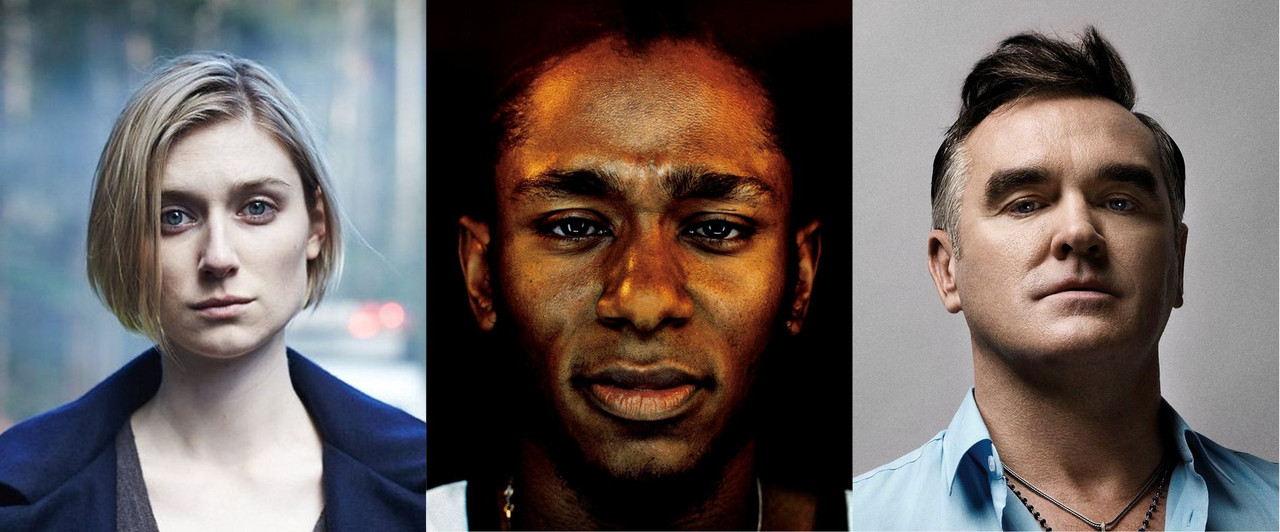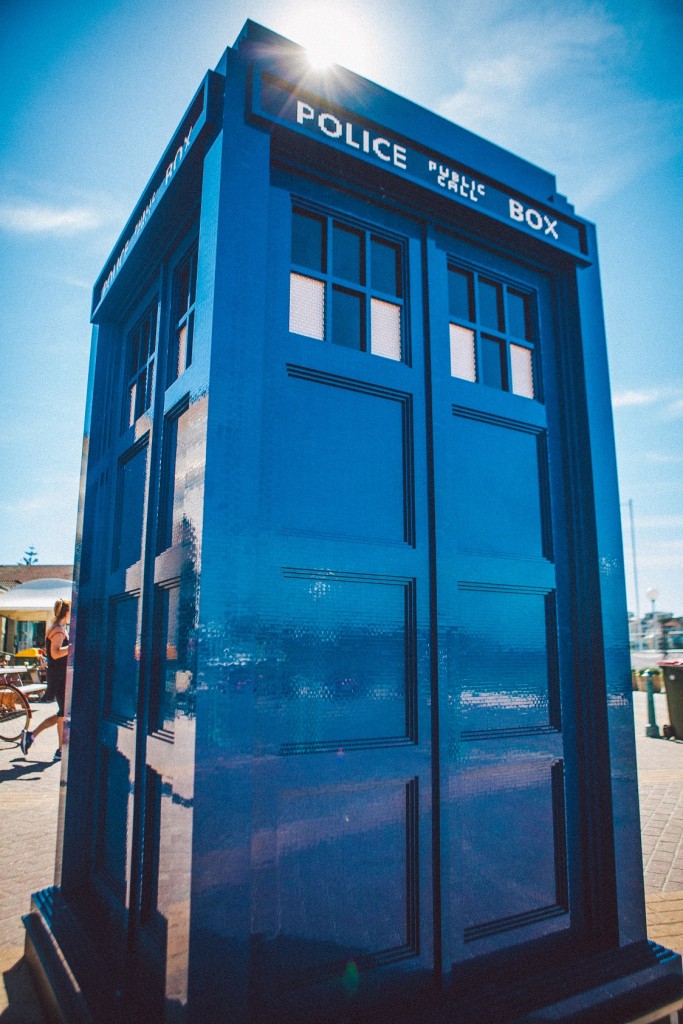For the Autumn 2018 issue of Data Extract, the DWCA’s official magazine, we were lucky enough to interview actor, comedian and Whovians panellist Adam Richard – an interview that was so extensive, we couldn’t fit it all in the magazine!
The good news is, we’re making the “cut scenes” of the interview available right here on this very website! The remainder of the interview can be found in Issue #238 of the magazine, currently available exclusively to all DWCA members.
You co-wrote the comedy series Outland with John Richards. What inspired you to create the show?
It was back in 2003 that we started writing it. I’d been on the telly a couple of times and was doing a bit of radio work, and John kind of called up and said, “We should do something, now that people are paying attention to you.” We came up with all these stupid ideas, and then one day I said, “What about a gay science-fiction club?”, and he’s gone, “Oh that’s good.” So we created a whole bunch of characters. Originally there were about thirteen characters, but you know, it’s the ABC – you can’t have too many people on screen, it’s expensive.
We originally wrote it as a script and tried to pitch it to SBS, because we thought SBS would be its natural home. It had an Aboriginal lesbian in a wheelchair – surely that alone ticks all of their boxes! And they said no. The ABC didn’t really want it either, and that’s when it was in script form. So we went away and did it as a short film. We just made it in John’s flat for barely $1000, and it toured the world as a short film for ages. And then once executives could see the thing, they were like, “Oh, we get it! We could make that!” And it was Princess Pictures who produced it, who do all of Chris Lilley’s shows, and I think Peter Helliar’s dating show.
How closely would you say you resemble your character, Fab, in real life?
I used to say that John wrote Fab as me when I’m drunk. Having said that, I haven’t had a drink in four years – and I’ve discovered that I’m like that when I’m sober as well. It’s just of the extreme end of my personality. If I’m in a big enough room, I will behave like that.
The first episode of Outland revolves around Doctor Who. How did you personally become a Doctor Who fan?
I think when I saw my very first episode of Doctor Who I would have been five, maybe? It was when Doctor Who used to be on one day a week. So I used to watch it one day a week, and I was obsessed with it. And then I had a friend, when I started at school, who loved it. Then it became weekdays, and we would sit and talk about it the next day at school instead of doing our work. And it’s just never gone away. Doctor Who’s one of those things that I never stopped loving. As we all know, it’s always surprising. It’s a comedy some weeks, it’s a horror show one week, then it’s a space opera, it’s claustrophobic… it can be any show you want it to be. You never get to the point where you’re like, “Ugh, they’re doing this again.”
Do you have a merchandise collection similar to that showcased in Outland?
Many of the things in that episode were mine. The Zygon that gets kicked under the desk, that was mine… the blanket that was on top of everything, that was my Cyberman blanket. ‘Cos when the classic series figures came out, the ten-year-old in me went, “I would have loved these when I was ten!” I had to play with Star Wars toys, and they were fine, but they weren’t enough. So I have a massive collection. I lived in a really big house in Melbourne, and when I moved to Sydney, as we all know, the property prices are crazy, so I live in a really tiny flat. And I have drawers full of toys, which sometimes I just pull out and look at. So most of those Doctor Who toys were mine.
What was your reaction like when you got the phone call from Whovians asking, “Hey, would you like to talk about Doctor Who on TV every week?”
I’d been writing on quiz shows – I’ve been writing for The Chase, and I’m also one of the senior writers on Hard Quiz – and I’d kind of gone, “You know what? I’ve been enjoying writing so much, I don’t think I’ll do any more on-camera stuff.” Also, I did Spicks and Specks when it came back, and people were angry about it – as many people were when Doctor Who came back in 2005. So people would get upset, and say horrendous things to me on social media, so I’d kind of gone, “No more, I don’t want to be in front of the camera anymore, I’m having too much fun.” But the opportunity to work with Rove, who I’d worked with on Channel 31 when we were both very young – so the first person I ever did any television with – and to talk about my favourite TV show every week… in the end, I think I ended up paying them to do the show. But I was living in Melbourne working on Hard Quiz at the same time, so I would have to come to Sydney every Friday, have Saturday off, work all day Sunday, and then back to Melbourne on Monday for five days of work. So it was a nuisance, and it was difficult, and I desperately wanted to do it no matter what.
What, if anything, did you have to do in order to prepare for each week’s episode?
We would get a copy of the episode usually about a week, a week and a half before. That became less and less as we went on. Like, the copy of the final episode that we saw had no effects in it. There were just very disgruntled-looking stagehands holding green screens, while Bill the Cyberman is crying over the Doctor’s body and a car goes by in the background. That makes it very hard to get emotionally involved. Also, the music wasn’t finished yet, so they just had music from The Dark Knight. And the final scene, which obviously was from the Christmas special, had only been delivered the day before. So there was a person standing next to a snow machine in the shot. So we would get it a little bit ahead of time, but I would never watch the next one ahead. I wouldn’t watch it until the plane flight on the way home from that week’s Whovians. ‘Cos if I was coming up with a theory, I didn’t want to know that I was right about something.
Had you and Rove ever geeked out together in the past?
We’d always kind of geeked out. Back then, Rove was way into wrestling. We’d go out to lunch, and we’d be in a food court somewhere, and he would just rip open these wrestling toy packets and start making them fight. He’s always been deeply, deeply nerdy. He doesn’t care about the sanctity of the packaging – he likes to play with the toys, rather than keep them in there. And before this even came up, he’d started listening to the Big Finish audios, which I’m obsessed with. So we’ve always had fairly nerdy conversations about all sorts of stuff.
You’re quite experienced in the audio medium, having worked on radio and produced podcasts. When you’re listening to an audio drama, are you thinking about how it might have been put together?
This is another reason why I think I love Doctor Who so much. When I watch a sitcom, I’m constantly breaking down where this joke is heading, where that’s coming from, so I’m always kind of analysing the writing side of it. But with Doctor Who, because you never know what’s coming, that’s one of the only shows that I still am surprised by. Where I can still go, “Oh! Well that makes sense now.” My boyfriend lives here in Sydney, and for a long time we were having a long-distance relationship. So I was driving up and down the Hume, and everyone would be like, “How could you do that?”, and I’d be like, “Oh, I could barely get through two Big Finishes. I’m thinking of dating someone in Brisbane.”
You acted in an episode of the audio series Night Terrace, co-created by John Richards, which has been described as Australia’s own version of Doctor Who. What was that like?
I did! I played an alien night-club owner. It was a very strange episode, but they were all strange episodes. The recording studio was down a laneway in North Fitzroy, in a basement with a low roof, so very claustrophobic. And we’re all just in this one room, facing each other, and facing down Susan from Neighbours. It’s like, “Oh my God, it’s Jackie Woodburne! She’s amazing!” But really good fun. That’s another one that I’ve listened to on drives, and hearing mates like Cal Wilson do incredible work in those shows, they’re really good. If you ever get a chance to have a listen, Night Terrace is good fun.
Coming back to Outland, it was on the ABC around five years ago, and it seems like a lot has changed since then. For one thing, do you think it is now cool to be a geek?
I think it’s way more cool now, especially ‘cos you’ve got things like the huge, big-budget Marvel movies. When we wanted to use all those Doctor Who toys, we had to apply for permission to Cardiff to use them – which is why there’s that weird scene where we’re talking about how Doctor Who’s not a science-fiction show. We had to put something in to say that Doctor Who is actually a family drama, ‘cos they didn’t want all these crazy nerds to start liking Doctor Who. And I’m like, “It’s too late…” And that’s why the guy who comes over for the date likes Doctor Who – the normal guy likes Doctor Who, but he has no idea what any of the other shows are. So we had to jump through a lot of hoops. The sci-fi character of Ulara was meant to be Uhura from Star Trek, but they would not come to the party because they were about to reboot the movie.
It arguably works better with Ulara, because there’s this sense of mystery about her throughout the series.
Jonathan Blum was working for SFX magazine at the time, and he organised someone to make an issue of SFX with Ulara on it. So there’s an episode where I’m reading an issue, and this is how deeply nerdy I went into crazy Doctor Who-ness. There are stories of Jon Pertwee sticky-taping his lines around the console and everything; I sticky-taped my lines into that magazine. And I only had like six lines in that episode as well. So whenever I had a line, I was reading the magazine.
A lot has also changed in the Whoniverse over the past five years, particularly with the casting of Jodie Whittaker. Do you have any theories as to what Doctor Who may look like five years from now?
Oh my God. I imagine Jodie will stay for a minimum of three, and it’s obviously going to be on because they’ve done that deal with China. So it’ll be on, but I don’t know. Again, this is why I love the show, because it’s always surprising. People say to me that my theories are always right, but one or two of them were right – about thirteen of them were terribly, terribly wrong.
Do you think the show will get more progressive with its casting?
I think there could be a lot more stunt casting. I mean, there’s always been big names in Doctor Who. Like when I found out Hugh Grant had been offered the part and turned it down, I was like, “Oh my God, why would you say no?” But who knows who they’ll get into it? I do think it’s going to be amazing. I don’t know if anyone’s watched the new Star Trek, but I was worried that they were talking about that being a whole long serial, and I was like, “Ugh, that’s not really Star Trek”, but I’ve really enjoyed the three that have been on. So maybe this whole long season arc, if they’re going to do that with the new Doctor Who, will work. Because that has been the talk – that the entire series will be one story. But Chibnall’s kind of skilled at that.
When it was announced that Jodie Whittaker was doing it, I kept being dragged into interviews with anyone who would listen. I was on the train on my way to do Hard Quiz, and I got a call from my agent asking, “Can you go and do ABC News Breakfast?” I was like, “Yeah, I’ll get off a stop earlier.” But Jodie Whittaker and Chibnall have had an amazing run together, and I think it’ll just continue to grow. I love Broadchurch, and the first couple of episodes of that third series, I thought, “Yeah, it’s alright.” Then when Jodie Whittaker’s character turned up, I was like, “Oh thank God!” I’d forgotten how much she brings a really grounding presence to a show, so I think she’ll be a really nice anchoring presence in a show that can get crazy and out of control.
AUDIENCE Q&A
Did you come up with the spray on Whovians, or was that Rove’s idea?
Originally I came up with a fire extinguisher, so I’m glad it was only a spray! It was just a stupid idea because, look I did not enjoy Series 8 of Doctor Who. I enjoyed a couple of them, but there were some where I was getting annoyed with it. I enjoyed a lot of Series 9, but there were a few that still annoyed me. And I thought that if it was going to be like Series 8 again, I’m going to get very angry on the show. I said I could get furious about contradictions in continuity, I could become angry about anything, and we need to have a mechanism for Rove to be able to calm me down if I lose my mind. And I said, “You know, like a fire extinguisher or something.” And then the ABC budget lent itself to a plastic spray bottle.
Do you know when the next season of Doctor Who is going to start filming?
It’s a long lead time, because the next season will be screening in our Spring. A single episode of Outland took five days of filming – so for a 25-minute episode, five minutes is all you get to film in a day. And we’re talking about 45 minutes, with a lot of special effects. We had nothing – we had a couple of little sparky bits that were done in post-production, and that was it. A comedy is a quick show to make, and a cheap show to make, whereas a drama takes ages, and an action drama even longer. So it’s a long period of time. Sometimes when I’m watching something, even Doctor Who, there’ll be moments when I’ll go, “Oh wow, imagine doing that twelve times.” ‘Cos you’ve got to get different angles, sometimes the lighting’s wrong, sometimes a plane flies over, someone farts, someone’s phone goes off… By the way, if someone’s phone goes off on a set, in Australia we call it slabbing a take. Because if your phone goes off and it’s meant to be quiet, you have to buy the whole crew a slab of beer. And Justin Hamilton’s phone went off in the very last episode of Whovians, when he was recording his news segment, so he had to buy the entire crew a slab of beer.
Do you think Moffat plays with the fans?
I think Moffat plays with his internal fan. I think the fan inside Moffat has an argument with the writer who is Moffat, and he’s constantly at war with himself. I think it’s a constant thing of, “I’m going to do this amazing thing! I would love to see this!”, and then he’s like, “Actually I would hate it… but I’m going to do it anyway.” Especially since he’s taken himself away from social media, and doesn’t really involve himself in online forums or anything. So unless someone was sending him an email, he would never really see anything – you can hide away from that sort of stuff. So I reckon it was just an internal fight of going, “Oo, this’ll upset you.”
The remainder of this interview can be found in Issue #238 of Data Extract magazine, currently available exclusively to all DWCA members. Back issues of the magazine are available to both members and non-members here. For those interested in learning more about Night Terrace be sure to check out Issue #229, where we interview series co-creator Ben McKenzie!





